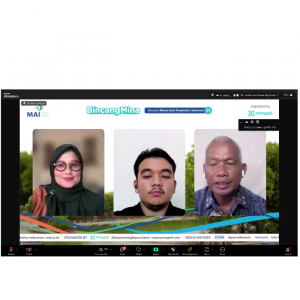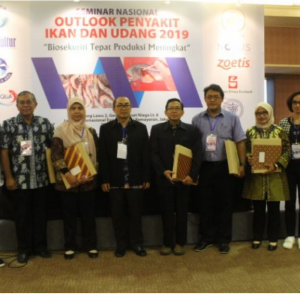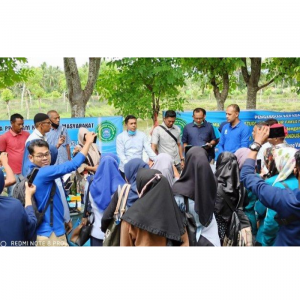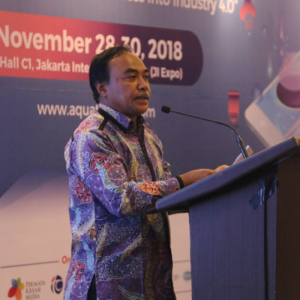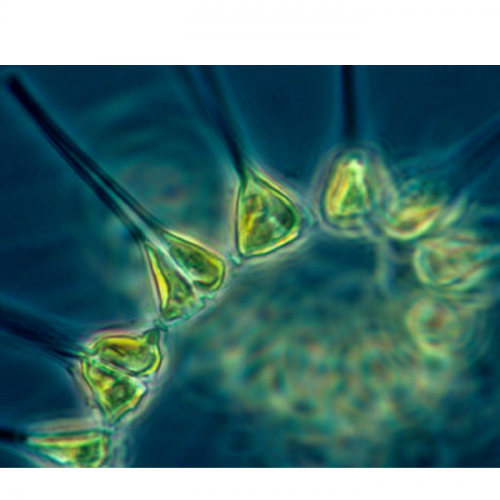
What Are Phytoplankton?
| Thu, 31 Dec 2020 - 10:42
Phytoplankton, also known as microalgae, are similar to terrestrial plants in that they contain chlorophyll and require sunlight in order to live and grow. Most phytoplankton are buoyant and float in the upper part of the ocean, where sunlight penetrates the water. Phytoplankton also require inorganic nutrients such as nitrates, phosphates, and sulfur which they convert into proteins, fats, and carbohydrates.
Also read: Solutions to Control Blue-Green Algae in Grow-out Ponds
The two main classes of phytoplankton are dinoflagellates and diatoms. Dinoflagellates use a whip-like tail, or flagella, to move through the water and their bodies are covered with complex shells. Diatoms also have shells, but they are made of a different substance and their structure is rigid and made of interlocking parts. Diatoms do not rely on flagella to move through the water and instead rely on ocean currents to travel through the water.
In a balanced ecosystem, phytoplankton provide food for a wide range of sea creatures including shrimp, snails, and jellyfish. When too many nutrients are available, phytoplankton may grow out of control and form harmful algal blooms (HABs). These blooms can produce extremely toxic compounds that have harmful effects on fish, shellfish, mammals, birds, and even people.
Also read: Unlocking New Potential for Microalgae in Aquafeed
The National Centers for Coastal Ocean Science conduct extensive research on harmful algal blooms. Scientists use a range of technologies to predict where and when HABs are likely to form and how they will affect the areas where they occur. Scientists use this information to inform coastal authorities on how to best respond in order to minimize negative impacts.
Source: Ocean Service













